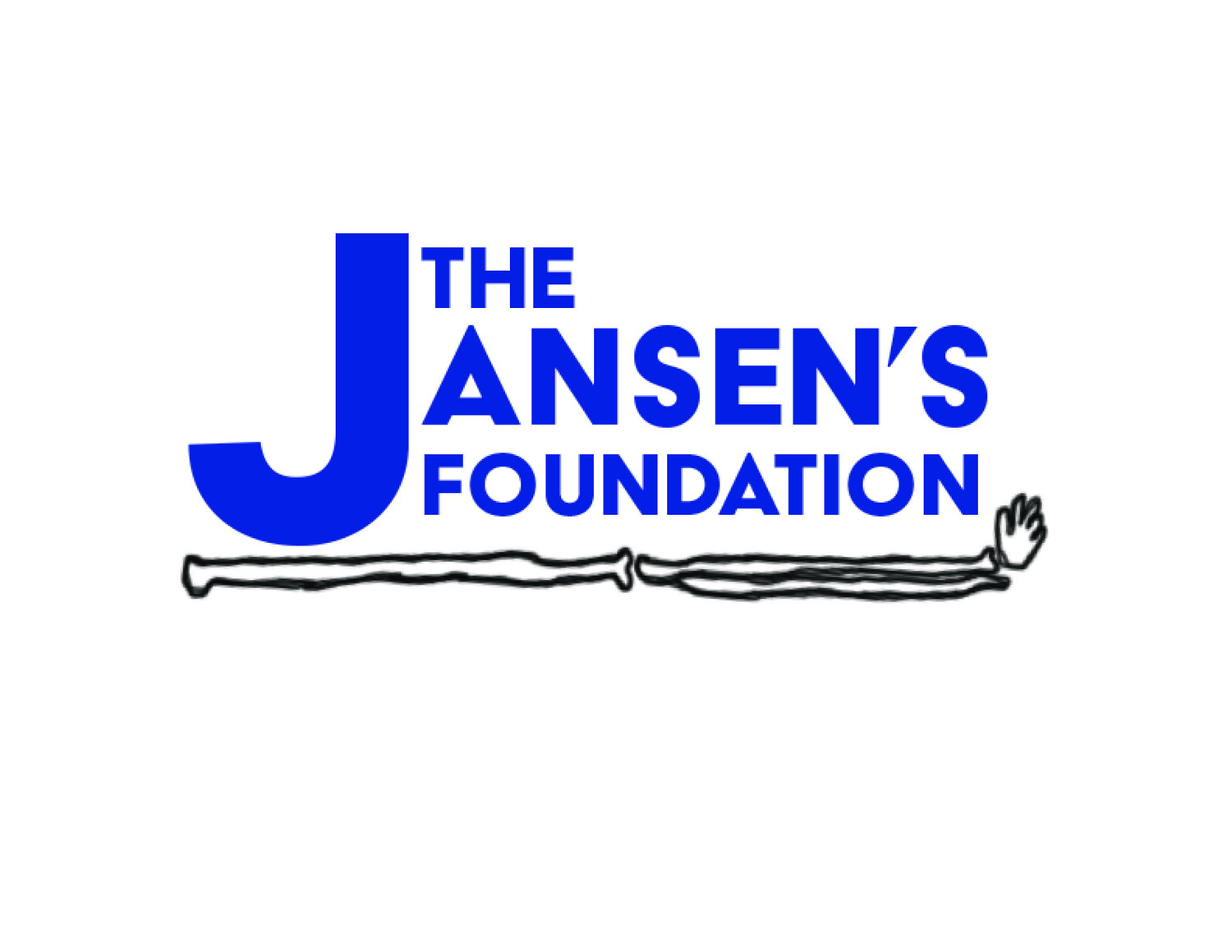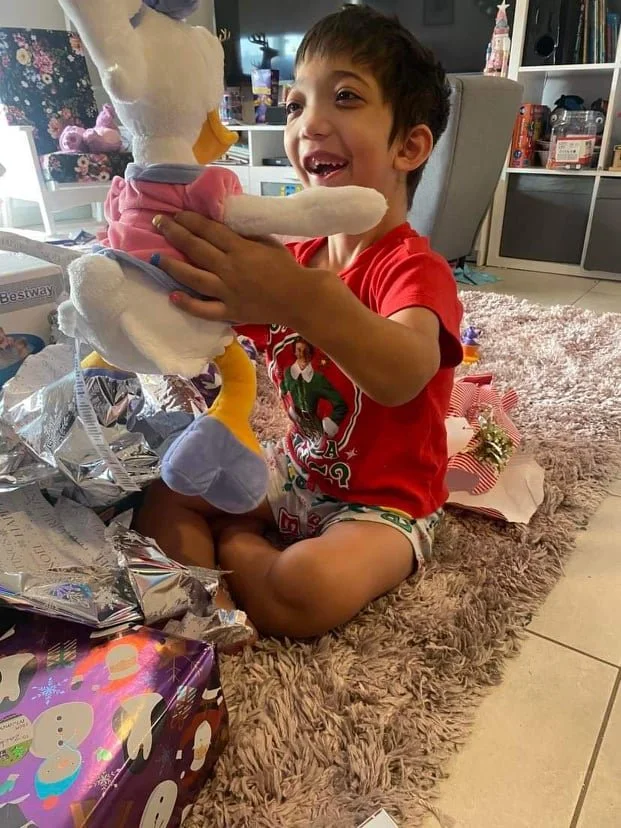As I sit to write a reflection of a year like no other, my mind is a gang of feelings: weariness, hope, sadness, and resilience – all clamoring amid the cacophony of customary fireworks that light the night sky.
2021 has been a tragic year for so many. The threat of an unseen “enemy” continued to dramatically change life for individuals, families, and communities. Grief wreaked havoc indiscriminately and without mercy. The loss of normalcy, the fear of economic toll, the loss of connection hit all of us and we continue to grieve the collective loss of the world we know.
Any hope of a return to life pre-pandemic in 2022 has already been thwarted by the emergence of new Covid-19 variants.
When you are faced with a diagnosis of a rare disease, you often go through a grieving process. This non-linear path is accentuated with powerful moments of sadness: “I don’t know when this will end. After journeying wearily along the rare path, the stoic acceptance sets in: “This is happening; I have to figure it out.”
This year, we seem to have heroically carved “A Brave New World”, almost Huxley-like, and proceeded “to accept” it in the best way possible. In this dystopian landscape, “Zoom” became a verb, masks covered smiles, and we celebrated precious moments of life and death via technology. Acceptance, after all, is where the power lies. There is control in acceptance. I can wash my hands. I can keep a safe distance. I can learn how to work virtually.
"If one's different, one's bound to be lonely."
"If One’s Different, One's Bound to be Lonely."
Aldous Huxley’s Bernard Marx and John the Savage both come to the realization that being different isn't easy. Bernard is a little bit short to be seen as an Alpha male, and John is denied being a part of the Native American reservation because of his difference in appearance. With both John and Bernard’s outsider portrayals, Brave New World clearly reveals that “if one’s different, one’s bound to be lonely.”
The ongoing harms of the pandemic have been especially evident for people with rare disease and disabilities. Disruptions in education, employment, health care, and social services have been amplified. Parents took on full-time caregiving roles, while also stepping into new roles as special educators, speech therapists, behavior therapists, and more. This has been exhausting, frustrating, and often heart-breaking for families. 2021 has been another lonely year for rare and those with disability.
Power of Advocacy
In times of crisis, weaknesses in our institutions and social systems, and marked health and economic disparities, become even more evident. Friends with disabilities feared that they would be denied access to ventilators and lifesaving treatments due to medical rationing. Triage policies were driven by biased attitudes toward individuals with disabilities, or those that failed to explicitly protect against disability discrimination. The disability community strongly responded to these short-sighted policies and advocacy ensured equal, nondiscriminatory access to lifesaving care. 2021 has been another exhaustive year of fighting for rights.
Lessons from Covid
In 2021, Timothy Syndrome Alliance, UK, released a powerful video on Rare Disease Day to drive home the need for treatments for Rare Diseases. Rare Strikes Back used clever puppetry to juxtapose the world’s rapid response to Covid and the more singular rare disease like Timothy Syndrome that is still in search of a cure.
The video was a clarion call of sorts, and resonated with many suffering from rare diseases. Knowing that cures are possible… only if the pain and suffering touches more people is a bitter truth to reckon with.
Earlier this year at a National Institute of Health virtual event, Dr. Christopher Austin, the former director of NIH’s National Center for Advancing Translational Sciences, vocalized a similar message: “It’s time to change the narrative: rare disease is a public health issue because while individually, these diseases are rare, collectively, they are common,” He went on to say what many of in the rare community have felt watching Covid vaccines emerge like miracles: “The lives of rare disease patients are every bit as important as the lives of Covid patients. If we move heaven and earth to diagnose and treat Covid patients, we need to do this for rare disease patients, too.”
The Need for Collective Urgency
This past year we have seen even more clearly the futility of trying to change the world without the collective efforts of everybody involved. You can’t curtail a virus if the community you are a part of won’t do its part to actively protect or care for those vulnerable among us.
True to Carol Hanisch’s “Personal problems are political problems. There are no personal solutions at this time. There is only collective action for a collective solution.”
Accelerating treatments for rare diseases requires collective urgency. Rare needs a Covid response: quality communication between patients, researchers, and medical professionals; open access to digital information; and decentralized clinical trial and studies.
But above all this, we need more people to care about rare. Covid will eventually lose out because the world has collectively decided to find a treatment. In less than a year of Covid becoming a household boogeyman, we were hearing possible treatment options. In stark contrast, it takes roughly 20 years to find a treatment for a rare disease.
Zacky excitedly opening up his Christmas present
Hope in a Hard Year
Hope may seem like a hard feeling to maintain in a year like this one, but there is a resilience among rare communities that allows us to focus on small every day breakthroughs as big miracles.
Even though we continue to anxiously wait to get to our clinical trial at the NIH, we have much to be thankful for. Our Boston research team, led by Dr. Jueppener, Dr. Thomas Gardella, and the NCATS team at the NIH are finishing up the toxicology studies that the FDA require. A mouse model created with my Jansen’s gene is alive (not sure how to feel about that!). And we are set to fly to the NIH early in 2022 to get baseline data for the First In-Human protocol for a Jansen’s disease treatment.
Two new little girls and a little boy with Jansen’s found and connected with us. A young adult lady also joined our Jansen’s community taking our total number of genetically confirmed cases worldwide up to 14. We are always sad to hear of a new diagnosis, but are comforted by the knowledge of our work towards treatments that will forever change their prognosis.
For Christmas, Zacky’s mom shared a joyous picture of her little boy excitedly opening his present. Zacky has autism as well as Jansen’s. This moment was particularly moving for the family as there is plenty of evidence by the bright smile that Zacky finally understands the holiday and the power of giving and receiving gifts.
Miracles and a New Tomorrow
My friend, Matt Lafleur, lives with Friedrich’s Ataxia (FA). He recently penned a beautiful piece on Becoming the Miracle We Seek that I read over and over again. Matt speaks eloquently about searching most of his life for a miracle cure for FA. After an exhaustive and disappointing physical and spiritual quest, he concludes: “Instead of becoming hopeless and nihilistic, or praying that one will be given to us, our duty is to create our own miracles.”
History has taught us that by banding together, miracles are possible. The history of the Americans with Disabilities Act did not begin on July 26, 1990 at the signing ceremony at the White House. It did not begin in 1988 when the first ADA was introduced in Congress. The ADA story began a long time ago in cities and towns throughout the United States when people with disabilities began to challenge societal barriers that excluded them from their communities, and when parents of children with disabilities began to fight against the exclusion and segregation of their children.
As Matt unknowingly suggests, perhaps a watershed moment is upon us. The pandemic has given rise to the need for a collective miracle – a Rare Disease Institute at the National Institute of Health - to accelerate treatments and cures for more than 300 million people living with rare diseases.
As Alfred Lord Tennyson puts it in his play The Foresters, “Hope smiles from the threshold of the year to come, whispering: ‘It will be happier.’”



